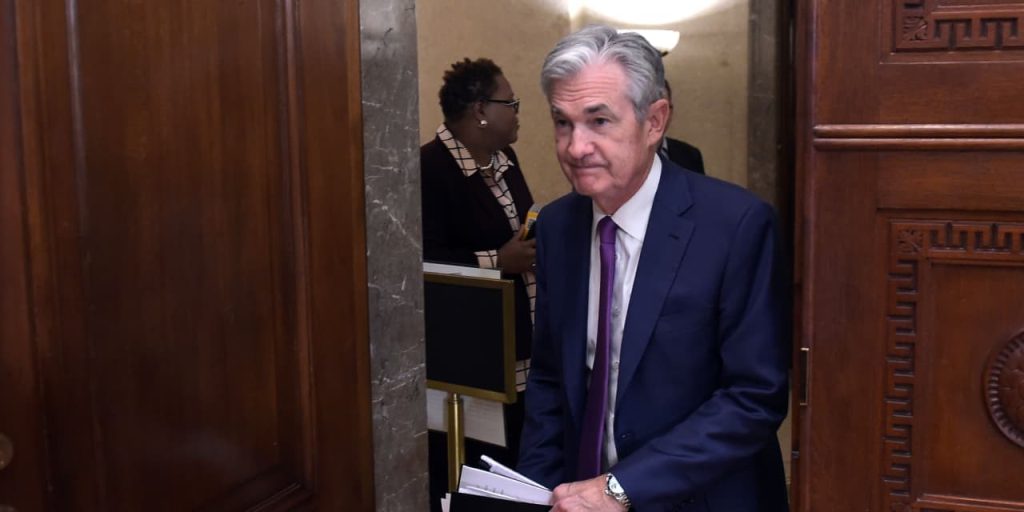It is too soon to say when the Federal Reserve will declare victory and start to cut interest rates, Fed Chairman Jerome Powell said Friday.
“It would be premature to conclude with confidence that we have achieved a sufficiently restrictive stance, or to speculate on when policy might ease,” Powell said, in prepared remarks ahead of a moderated discussion at Spelman College in Atlanta.
Powell repeated that the Fed is prepared to raise interest rates further if it becomes appropriate to do so.
MarketWatch Live: We’re following Fed Chairman Jerome Powell’s remarks
Financial markets are acting like they think inflation worries are old news. The yield on the 10-year Treasury note
BX:TMUBMUSD10Y
has fallen to 4.29%. Traders in derivate markets see a good chance of a Fed rate cut in March.
Inflation data on Thursday added to investor confidence as inflation, as measured by the personal consumption expenditure price index, fell to 3% in October, down from 6.4% in the same month last year.
Powell noted that the core PCE inflation, excluding food and energy prices, ran at an annual rate of 2.5% over the past six months ending in October.
“While the lower inflation readings of the past few months are welcome, that progress must continue if we are to reach our 2% objective,” Powell said.
Market and economists agree that the Fed is going to leave rates steady at the current level of 5.25%-5% when officials meet in two weeks.
Powell said the Fed is moving forward “carefully.”
Gregory Daco, chief economist at EY, said that in Fedspeak, carefully means “keeping rates constant.”
Powell said the level of rates is “well into restrictive territory,” meaning monetary policy is putting downward pressure on economic activity and inflation.
Other Fed officials have been more dovish than Powell recently.
On Thursday, New York Fed President John Williams said the Fed’s benchmark interest rate is “at, or near” its peak level.
On Friday, Chicago Fed President Austan Goolsbee downplayed economists’ worries that inflation would get stuck above a 3% rate and the “last mile” to the Fed’s 2% target would be difficult.
“I just don’t get that. There is no evidence that we stalled at 3%. Look at the one-month, three-month, six-month inflation. It didn’t stall at 3%,” Goolsbee said.
Read the full article here
